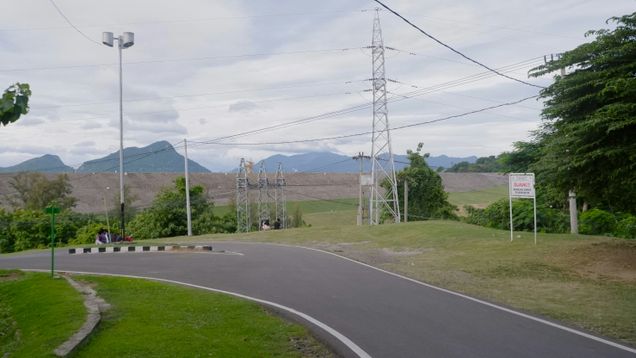Dinosaur Dams: The Historical Origins of Chinese Hydroelectric Projects and Their Environmental Implications

Hydroelectric megaprojects represent an important target for Chinese development finance in the 21st century and will likely remain so given their categorization as renewable energy contributing to a green energy transition.
However, Chinese-financed megadams around the world have faced numerous social, environmental and political challenges. These challenges not only inhibit the opportunity for the projects in question to contribute to their host country’s sustainable development and green transition goals, but they have also, in some cases, led to reputational harm for Chinese entities operating abroad.
A new working paper by Julie Radomski investigates this phenomenon through a systematic examination of the historical origins of Chinese-financed hydroelectric power plants, revealing that many of these projects are based on studies developed in the mid-20th century by multilateral development banks (MDBs).
Main findings:
- A medium-N analysis of the 43 hydroelectric megaprojects financed by the China Development Bank (CDB) and the Export-Import Bank of China (CHEXIM) establishes that half of these projects are verifiably based on MDB studies.
- This trend was especially pronounced in Latin America and Africa, regions where Chinese entities have historically had less involvement in the energy sector, particularly compared to Asia and the Mekong Basin.
- An exploratory case study of Ecuador’s Coca Codo Sinclair project (1,500 MW) demonstrates a causal link between the revival of historic studies and the challenges that these hydroelectric projects face today in terms of environmental risk.
- Additional cases of Souapiti in Guinea and Jatigede in Indonesia provide support for this link despite significant regional variation in the histories of hydropower development.
The author argues that taking on such projects is not in the long-term interest of Chinese development banks, implementing companies or sustainable development outcomes. To avoid taking on undue risk and improve the performance of renewable energy projects, the success of the Green BRI will depend on the development of a pipeline of projects that are designed in line with contemporary legal frameworks and environmental standards.
Read the Working Paper Read the Blog 阅读文章摘要